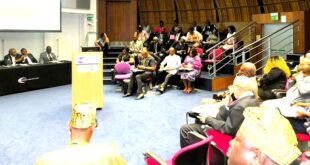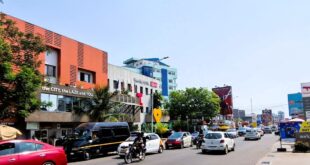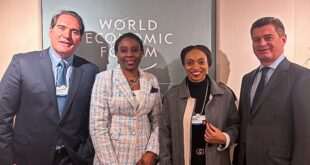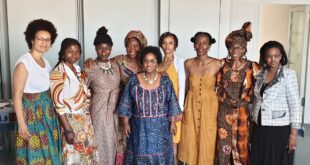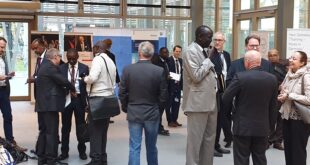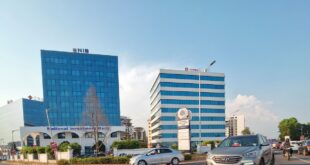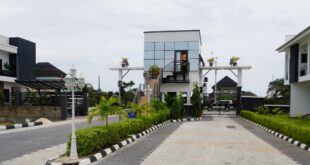More than 25 percent of development aid funds are not spent in developing countries, according to a new study, which shows that expenditure on refugees in Germany takes increasing share of overseas assistance. Researchers warn of the risks of this policy.
A significant part of funds for development aid is spent by rich donors within their own borders. This is the result of a recent study by development experts of the Medam project. The donations, which are not forwarded to developing countries, accounted for more than 25 percent of total aid in 2016. “A trend that continues, looking at recent data from donor countries,” the researchers said.
“Public debate does not always make it clear what development aid really means. It is not always synonymous with direct help for the developing countries and the people there,” explains Rainer Thiele of the Kiel Institute for the World Economy. “It’s in the rarest cases, that the funds allocated amount to money that goes directly from the donor to the recipient.”
The inclusion of non-transferred benefits in the overall development assistance statistics gives the impression that the low-income countries have large sums to improve their living conditions, the study’s authors said.
“Above all, the costs of refugees living in donor countries are striking. Unlike other types of non-transferred benefits such as debt forgiveness, the cost of refugees in the donor country has no bearing to the improvement of the living conditions in poor countries,” says Thiele. “In Germany, the high costs of receiving refugees in 2015 and 2016 led to a significant increase in total development aid expenditure.”
Such expenditures, of course, served important purposes such as decent housing and care for asylum-seekers. But they are something “completely different from the transfer of resources to developing countries, to improve the living conditions there,” said Thiele. The results of the study are therefore in contrast to the rhetoric of many European politicians.
Since the so-called “refugee crisis” and the electoral successes of populist anti-immigration parties, policymakers have sought tools to restrict migration.
The increase in development assistance is mentioned as a key instrument. Long-term development assistance should help tackle the root causes of migration and create economic opportunities, quality education and better public services. These measures should give people an incentive to stay in their home countries.
However, the study of the Medam researchers illustrates that the increase in development aid since 2015 is mainly due to expenditure on refugees in the donor countries.
“Without the transfer of resources to developing countries, however, potential migrants will hardly experience any improvement in their living conditions,” say the experts. Therefore, it is not surprising that non-transferred benefits do not contribute to the fight against causes of migration.
“The high proportion of non-transferred development aid funds clearly contradicts the basic idea of development cooperation to support development directly in low- and middle-income countries. All the more so since the political decision-makers are not only concerned with promoting development, but also with combating the causes of flight,” says Thiele.
“Irrespective of the fact that these non-transferred benefits rarely contribute to reducing migration, this political discourse carries a great deal of political risk: it raises expectations among citizens that this type of development aid cannot fulfil at all.”
Sola Jolaoso
 THE AFRICAN COURIER. Reporting Africa and its Diaspora! The African Courier is an international magazine published in Germany to report on Africa and the Diaspora African experience. The first issue of the bimonthly magazine appeared on the newsstands on 15 February 1998. The African Courier is a communication forum for European-African political, economic and cultural exchanges, and a voice for Africa in Europe.
THE AFRICAN COURIER. Reporting Africa and its Diaspora! The African Courier is an international magazine published in Germany to report on Africa and the Diaspora African experience. The first issue of the bimonthly magazine appeared on the newsstands on 15 February 1998. The African Courier is a communication forum for European-African political, economic and cultural exchanges, and a voice for Africa in Europe.






